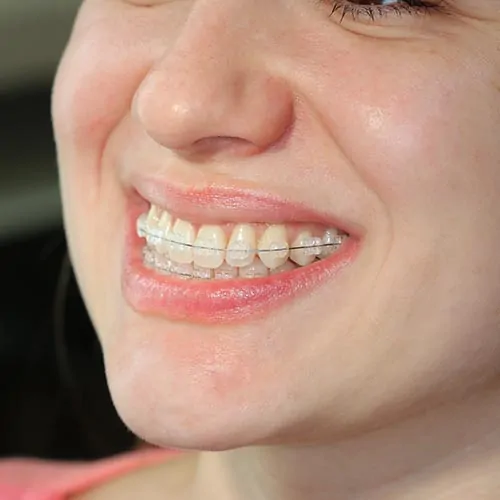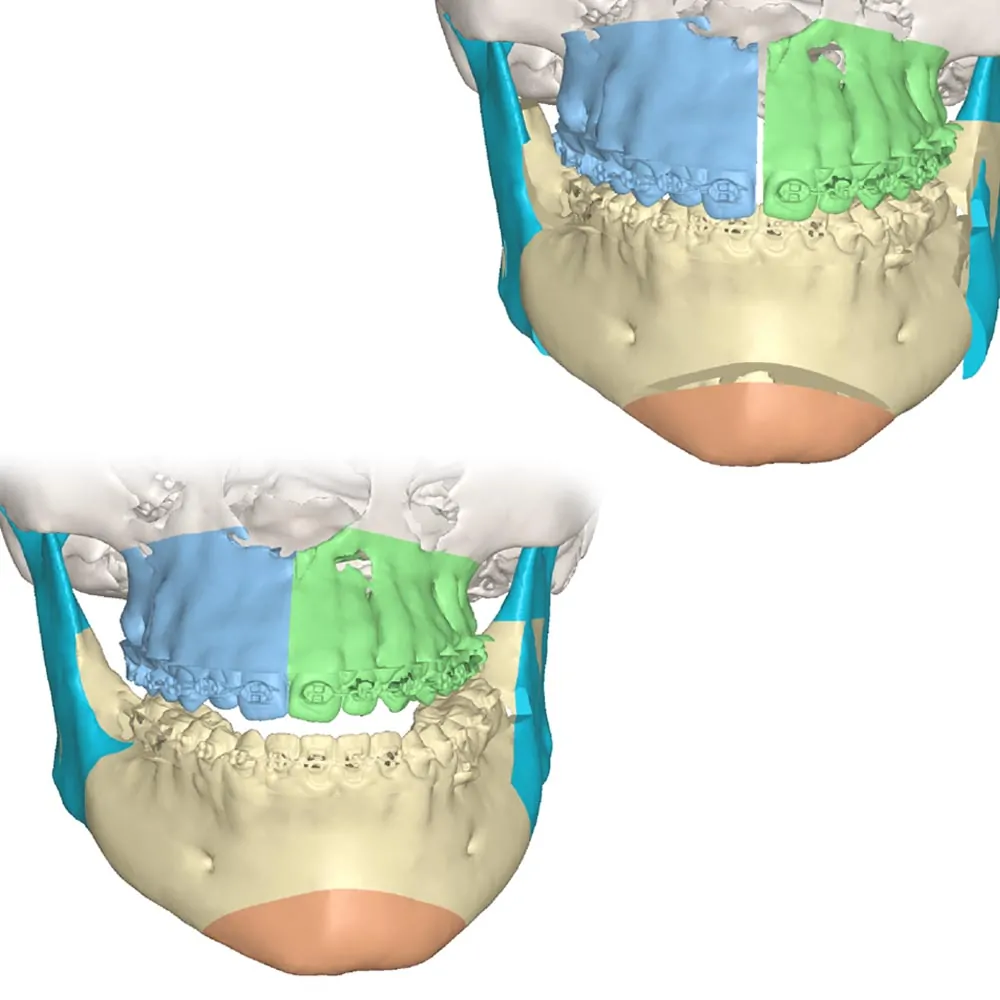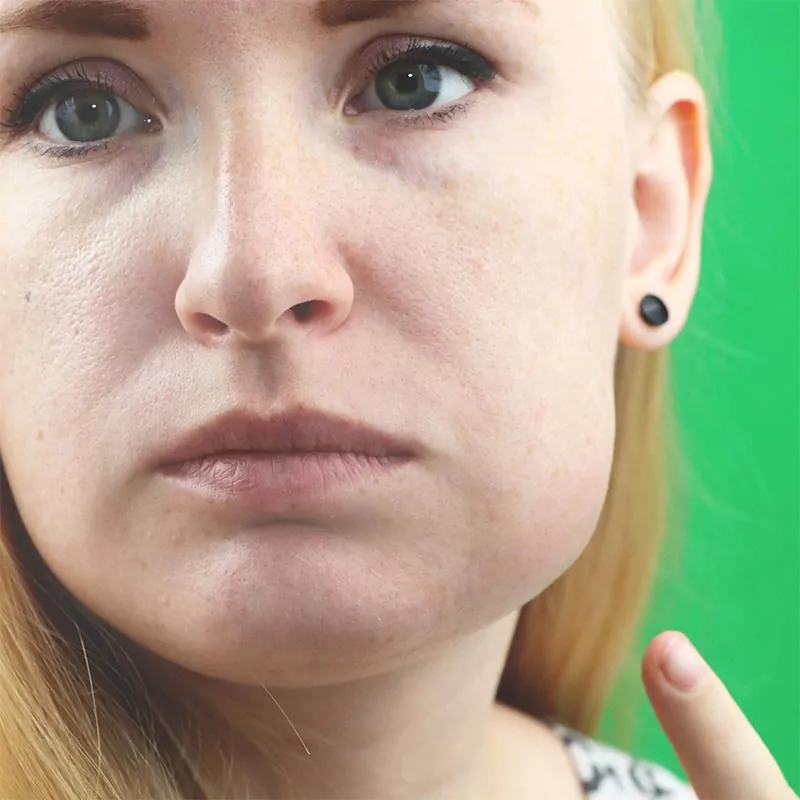Bővebben

Our dear patient Levi shared his detailed experience with the treatment in a Facebook group. Here’s what he posted:
Hi everyone! It’s been one week since my surgery, and I thought I’d share a few before-and-after photos along with my impressions. I started my orthodontic treatment combined with double jaw surgery (+mentoplasty) about 3 years ago. Before that, I had already completed 1 year of “traditional” braces—the upper arch was corrected elsewhere, but after looking at my profile, I decided that we only live once, and I wanted to have it fully fixed.
I visited several places, always arriving well-prepared: I had sketched the outline of my profile in Photoshop and “designed” my surgery in an amateur way so the doctors could roughly see what I wanted. Some places didn’t understand even with that, others understood but rejected me, and finally I received an offer from Dr. Borbély Orthodontic Studio—which I accepted. During the treatment, all my wisdom teeth and the lower premolars (4s) were extracted to “decompensate” the lower arch—so that it could be moved as much as possible during surgery. The gap was closed, resulting in a substantial overjet of about 8 mm. The surgery was performed in Budapest at the Semmelweis Maxillofacial and Dental Clinic (Corvin district) by Dr. Sándor Bogdán. The day before, I was admitted to the inpatient ward, shaved, and couldn’t sleep at all that night. The next morning, they gave me a special shower gel to wash with, followed by a three-pill premedication that made me so calm I was actually looking forward to the whole thing. They wheeled me into the operating room with the bed, and I had to climb onto the surgical table. I was in underwear and had to lie on a rubber pad shaped like a giant mousepad, which they explained was needed to cauterize blood vessels in my mouth. My left arm was placed on a special support where they inserted the IV—presumably with the anesthesia. They placed the oxygen mask over me, and that’s where the “film cut”—the next thing I remember is arguing with a nurse on the ward that I really needed to pee. I remember rushing to the bathroom, and one of the doctors told me to slow down and to sit while urinating. The rest is very hazy—according to the guys in my room, I was talking nonsense. I was exhausted from not sleeping the night before, and the meds had knocked me out until about 5 p.m. I got up and honestly felt fine. No pain or nausea. I went to the bathroom and checked my face. My lower lip was still “hanging in its old position” and felt very numb to the touch. My upper lip tingled slightly but retained sensation. At some point, they placed a compression water-cooled mask on my head—it helped “hold” my face and circulated water at 16–18°C to cool it. I used it until the third day, then switched to ice packs. Every day, the doctors checked my bite, changed the elastics, and cleaned my mouth. On the fourth day, I was discharged. On Monday, I went alone (by public transport) to my orthodontist, where everyone congratulated me and smiled—they were super kind. They took photos, removed the splint from my mouth, and gave me a pack of 100 elastics, which I need to change twice a day. I came home, stopped by Rossmann on the way to get mouthwash, then continued resting. On Tuesday, I walked to the hospital, where they checked the stitches again—everything was fine. They didn’t prescribe more antibiotics (I had just finished them that morning) and wished me good luck. Right now, the worst part of recovery is the constant tingling I feel in and below my lower lip. Otherwise, everything is going fine. I stocked up on cereal and canned food, but I barely have any appetite—so I feel like this phase might last a while. In conclusion, despite reading many horror stories, my recovery so far has been absolutely manageable and “uneventful”—and I hope it stays that way. A few more details that might be relevant: I’ll be turning 30 next year. I’ve always been active in sports as a hobby—football, table tennis, gym workouts, cardio. I’ve never smoked, rarely drink alcohol in large amounts, and my bloodwork was nearly perfect. (I should probably drink more water—something I’ll definitely pay more attention to now.) I haven’t taken any painkillers for two days, and I haven’t needed them.













